Australian-first trial to transform lives of children with a severe immune deficiency disorder
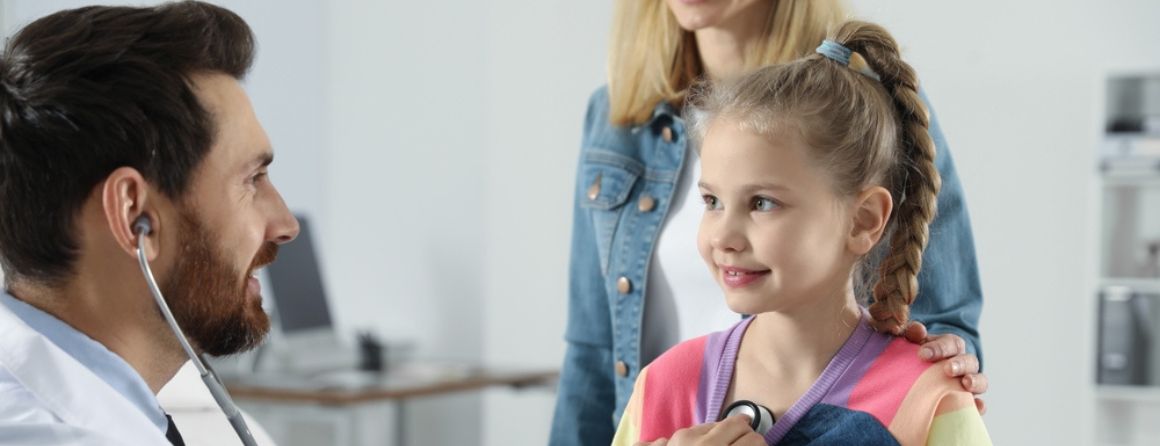
A cure for a severe immune deficiency disorder in children that makes them extremely vulnerable to infections will be offered in Australia for the first time under a cutting-edge gene therapy trial.
Murdoch Children's Research Institute will lead the clinical trial for children diagnosed with RAG-1 deficient Severe Combined Immunodeficiency (RAG-1 SCID) who are born without infection-fighting immune cells.
Children with RAG-1 SCID do not have a working immune system making them susceptible to life-threatening infections. Without treatment, children born with the disorder, which is caused by genetic defects, will die from infection during their first year or two of life.
A stem cell transplant from a healthy donor can cure RAG-1 SCID. But this new gene therapy is revolutionising treatment by offering a life-saving alternative while avoiding and reducing lifelong complications that can arise from these transplants.
The Murdoch Children’s trial will see stem cells taken from the child’s own bone marrow and provided with a healthy copy of the RAG-1 gene in a specialised laboratory. The genetically modified stem cells are then injected into the child’s bloodstream where they will become healthy white blood cells that will build a new, functional immune system.
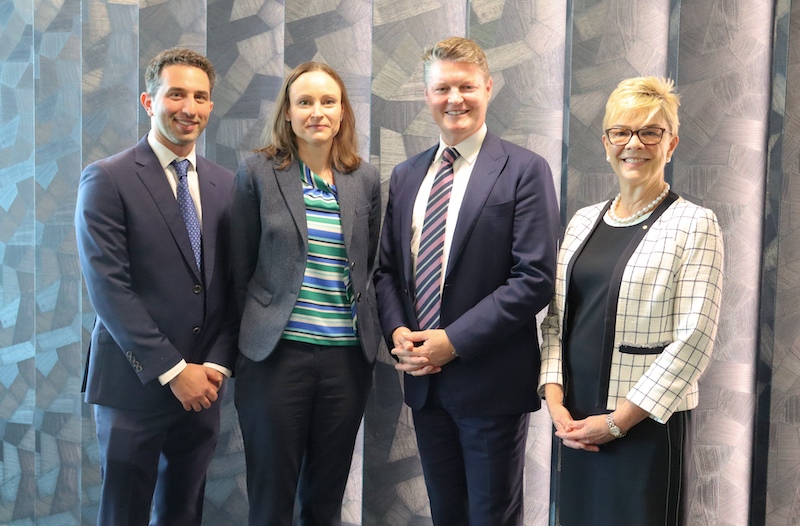
Medical Research Minister Ben Carroll (third from left) joined Professor Enzo Porrello, Associate Professor Theresa Cole and Professor Kathryn North at MCRI to announce the rolling out of Australia's first stem cell therapy trial for RAG-1 SCID.
The first and only gene therapy trial for RAG-1 SCID is offered to patients in Europe through the Leiden University Medical Center (LUMC) in the Netherlands. The trial is led by Professor Frank Staal, principal investigator at the Novo Nordisk Foundation Center for Stem Cell Medicine and Professor Arjan Lankester from LUMC’s Willem-Alexander Children’s Hospital.
Professor Staal has recently partnered with Associate Professor Rachel Conyers, a paediatric oncologist and co-lead of the Bone Marrow Transplantation Group from Murdoch Children’s and The Royal Children’s Hospital, to broaden a clinical trial site to Australia. Associate Professor Conyers is also an Associate Investigator with the Novo Nordisk Foundation Center for Stem Cell Medicine.
Under the trial, the stem cells will be transferred to LUMC and treated in a highly specialised laboratory before being infused back into patients in Australia.
Associate Professor Conyers said the trial would transform the lives of Australian children with RAG-1 SCID.
“This stem cell-based gene therapy could provide a life-long cure,” she said. Following the gene therapy, the child’s immune cells are regrown and the immune system restored, allowing the child to fight off infections.
“Given the patient is their own donor, we avoid the major problems that can come with stem cell transplants.
“The children can live a normal life, play with friends, go to school and fight off the common colds and normal infections that in the past could have made them extremely unwell or been life-threatening.”
Professor Staal and his team at LUMC were the first in the world to produce a stem cell gene therapy for this type of SCID. They developed the therapy over the course of 15 years with the first patient treated in Leiden as part of the LUMC clinical trial.
“With the addition of the Melbourne site, we will reach two important milestones. We make this life saving therapy available for the first time to Australian babies, but we will also tick over the 10 patient mark of those who have completed our trial to show its efficacy,” Professor Staal said.
Novo Nordisk Foundation Center for Stem Cell Medicine CEO Professor Melissa Little said the Murdoch Children’s trial was a momentous step forward in bringing the next standard of care to Australian patients.
“We are excited to bring the RAG-1 SCID trial to Murdoch Children's,” she said. “It demonstrates the strength of the Novo Nordisk Foundation Center for Stem Cell Medicine international collaboration and provides an ongoing pathway for clinical translation in Australia of gene and cellular therapies.”
Genevieve Edwards' daughter Olympia, five, was diagnosed with RAG1 SCID at six months. The diagnosis was confirmed through a blood test after a persistent rash covered Olympia’s entire body.
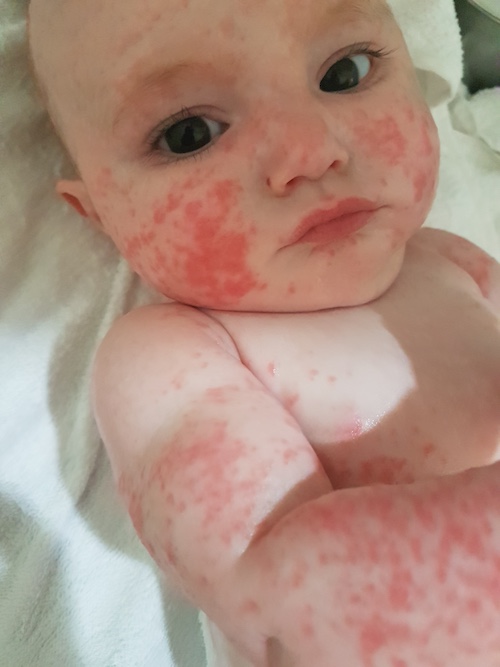
A persistent rash covered Olympia’s entire body as a baby.
“From three months of age she had this severe rash over her body,” Genevieve said. "We followed all the medical advice from eczema bleach baths and wet dressings, applying steroid creams to eliminating certain foods from her diet but nothing was making a difference.
“When we finally got the diagnosis, we were shocked and devastated. We had never heard of SCID before and we were very afraid for her future and the impact it would have. The news instantly turned our world upside down.”
Olympia had a haploidentical transplant (a half-matched donor) soon after the diagnosis as a perfect match wasn’t possible. But complications have arisen since the transplant including myositis (inflammation of the muscles) and neuropathy (nerve damage in the foot).
“Olympia has been progressing well since the transplant and has a functioning immune system,” Genevieve said. But she has some ongoing health issues that her doctors suspect could be a delayed manifestation of graft versus host disease. If she had undergone this new gene therapy, it’s possible she wouldn’t have these additional health issues.”
Olympia is not eligible for the gene therapy as children can only have one curative procedure. But because both Genevieve and her husband carry the defected RAG1 gene they have a one in four chance of further offspring inheriting the condition.
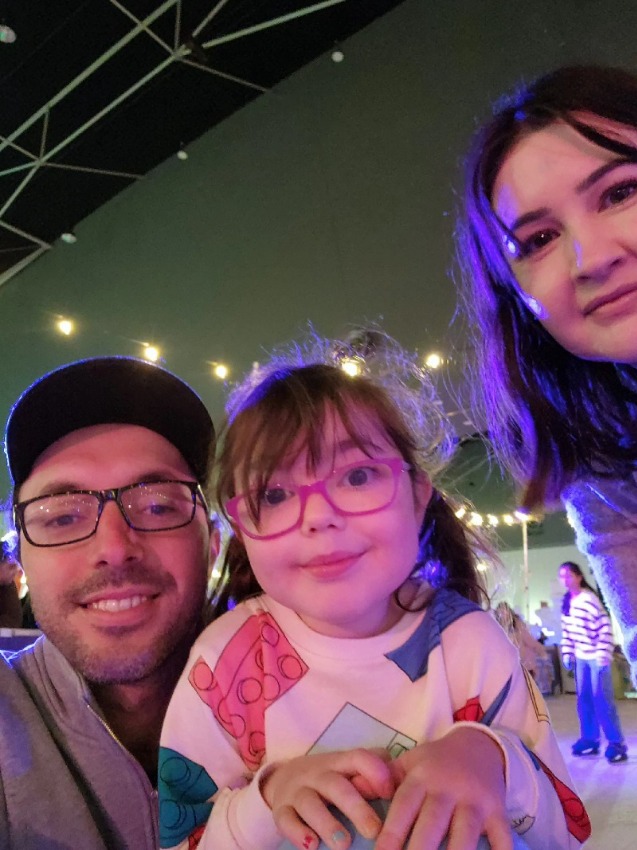
Olympia, who has RAG1 SCID, with her mum Genevieve and dad Nik.
Genevieve said the new gene therapy was a phenomenal breakthrough for Australian children and provided her with great comfort that other families may not experience the same challenges they had endured.
“It’s incredible that this therapy will be offered to children like Olympia who are so vulnerable to getting very sick whilst living their day-to-day lives,” she said.
“Olympia had a sheltered life in her first few years. We didn’t send her to daycare and expose her to many things as we couldn’t risk her catching an infection. But in the past year, she has come ahead in leaps and bounds and is now at kinder and living a pretty normal life.”
The Australian arm of the clinical trial will be led by Murdoch Children's and run at The Royal Children’s Hospital, supported by Novo Nordisk Foundation Center for Stem Cell Medicine. It will run in partnership with the Melbourne Children’s Trials Centre (MCTC) and is aligned with the Advanced Therapies Initiative.
The trial has been made possible through an investment of DKK $6.2million from the Novo Nordisk Foundation Center for Stem Cell Medicine and in partnership with the team at LUMC.
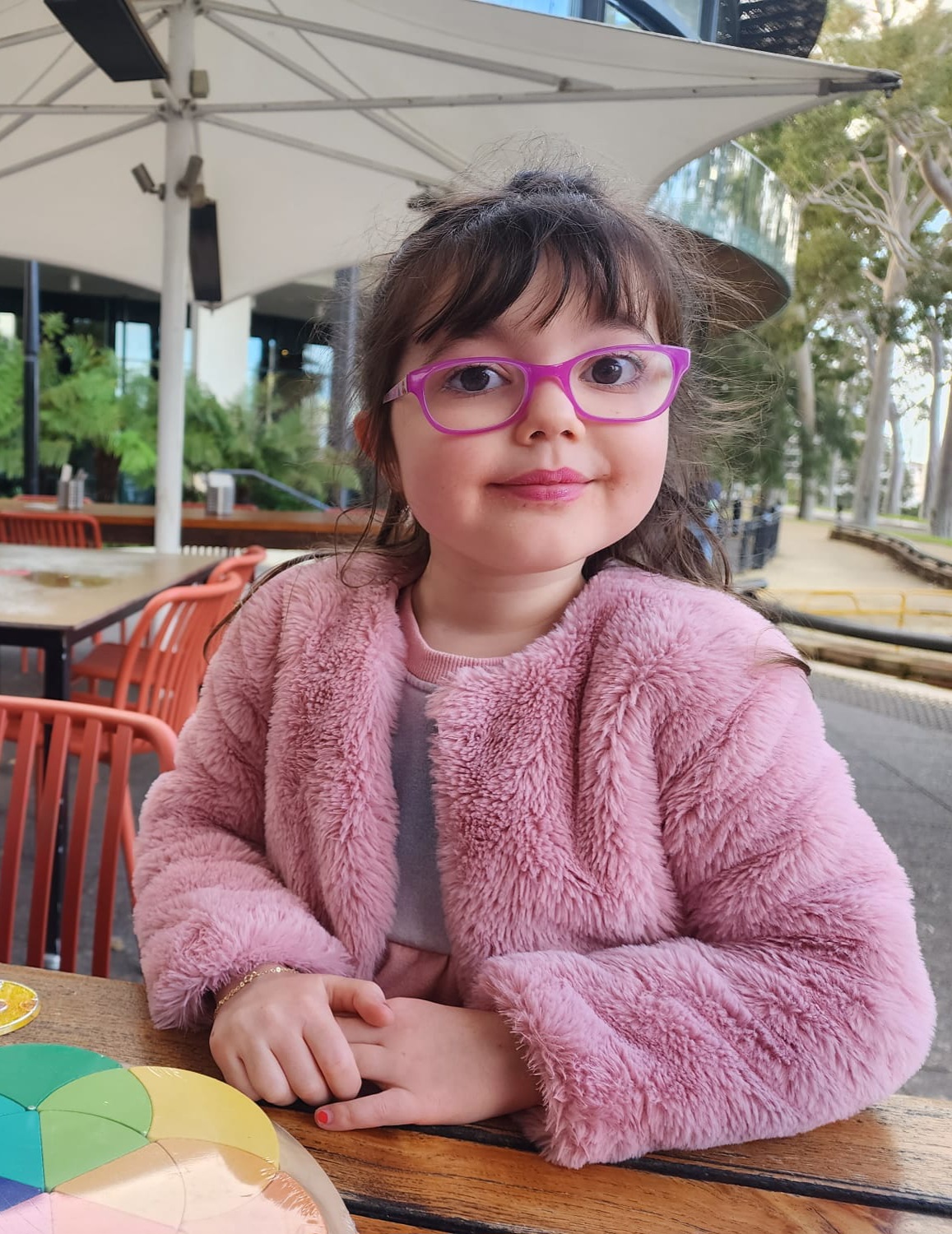
Olympia has come ahead in “leaps and bounds” after receiving a bone marrow transplant.
Available for interview:
Associate Professor Rachel Conyers, Murdoch Children’s, Team Leader, Heart Disease
Professor Frank Staal, Leiden University Medical Center, Group Leader, Immunohematology
Professor Melissa Little, Murdoch Children’s Chief Scientist and Novo Nordisk Foundation Center for Stem Cell Medicine CEO
Media Contacts:
Bridie Byrne
Murdoch Children’s Media Manager
Ph: +61 457 365 848
E:
show email address
Press office
Leiden University Medical Center
Ph: +31 (0)611371146
E: [email protected]
About Murdoch Children’s Research Institute
Murdoch Children's Research Institute is the largest child health research institute in Australia committed to making discoveries and developing treatments to improve child and adolescent health in Australia and around the world. They are pioneering new treatments, trialling better vaccines and improving ways of diagnosing and helping sick babies, children and adolescents. It is one of the only research institutes in Australia to offer genetic testing to find answers for families of children with previously undiagnosed conditions.
About Leiden University Medical Centre
Leiden University Medical Centre (LUMC) is a modern university medical center for research, education and patient care with a high quality profile and a strong scientific orientation. Its unique research practice, ranging from pure fundamental medical research to applied clinical research, places LUMC among the world top. Its unique research practice, ranging from pure fundamental medical research to applied clinical research, places LUMC among the world top. Researchers at LUMC work together around 10 Research Themes. LUMC strongly underpins the idea that ‘Science is the driving force behind innovative healthcare.’ Outcomes of top level fundamental, translational and clinical research by LUMC researchers form a strong basis for innovative and qualitative healthcare on a national, European and international level.
About Novo Nordisk Center for Stem Cell Medicine
The Novo Nordisk Foundation Center for Stem Cell Medicine, reNEW, aims to pave the way for future stem cell-based treatments as well as stimulate a new wave of global investment in stem cell medicine and technologies, and create highly skilled jobs in this advancing medical field. The establishment of reNEW has been made possible by the €300 million investment from the Novo Nordisk Foundation in an international consortium of stem cell research. reNEW is a unique global collaboration focusing on stem cell research involving three leading research institutions: the University of Copenhagen in Denmark, the Leiden University Medical Center in the Netherlands, and the Murdoch Children’s Research Institute in Australia.
Funding:
The trial has received DKK $6.2million from the Novo Nordisk Foundation Center for Stem Cell Medicine (Grant Number NNF21CC0073729).



